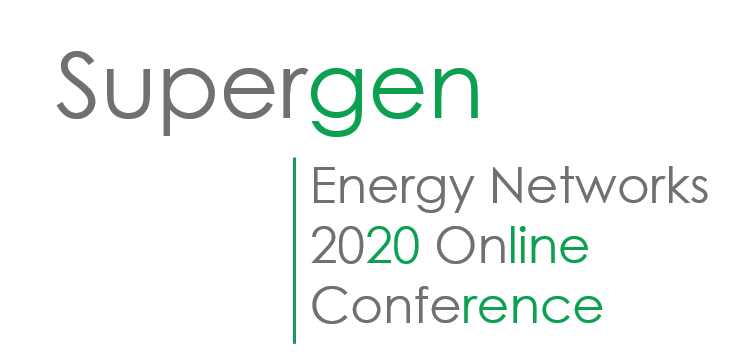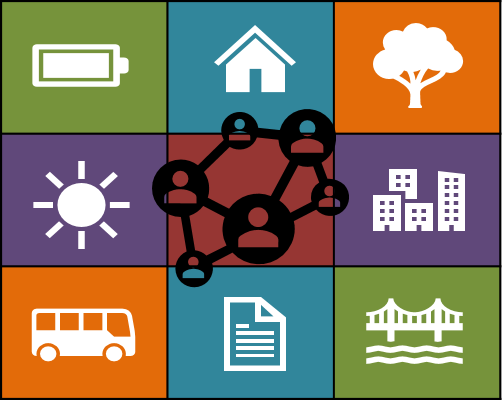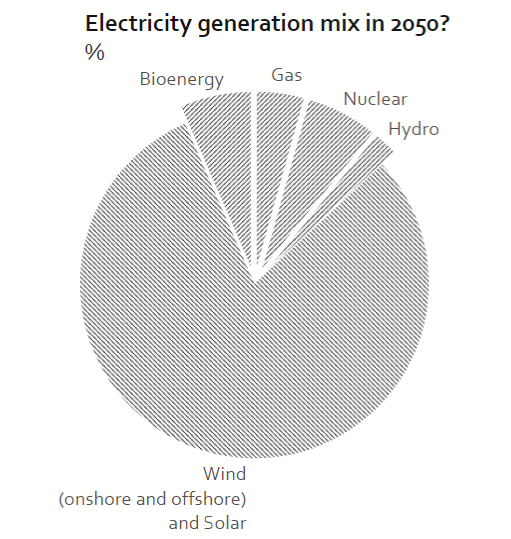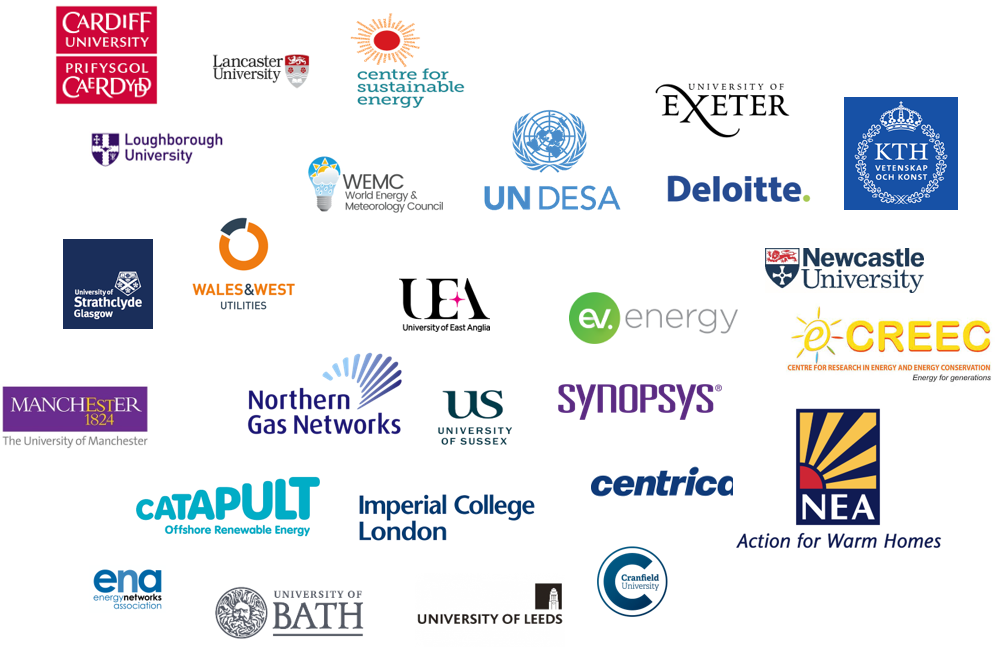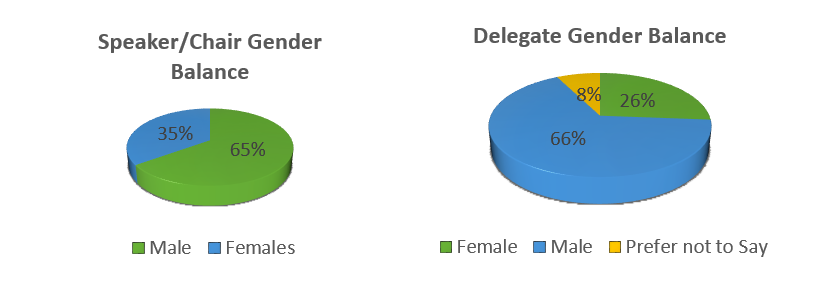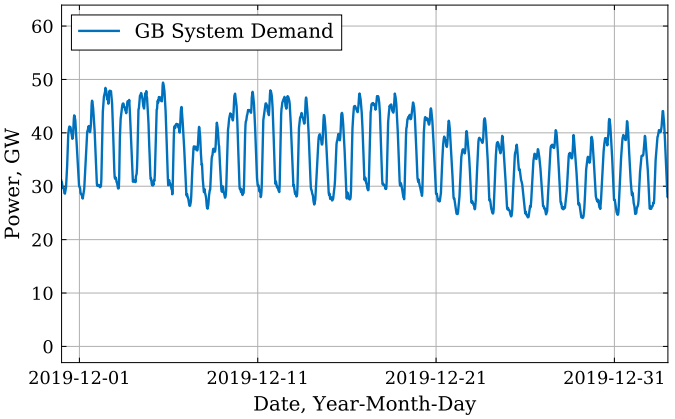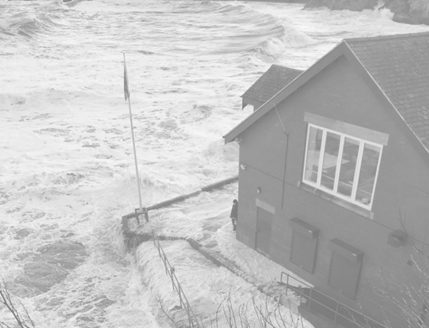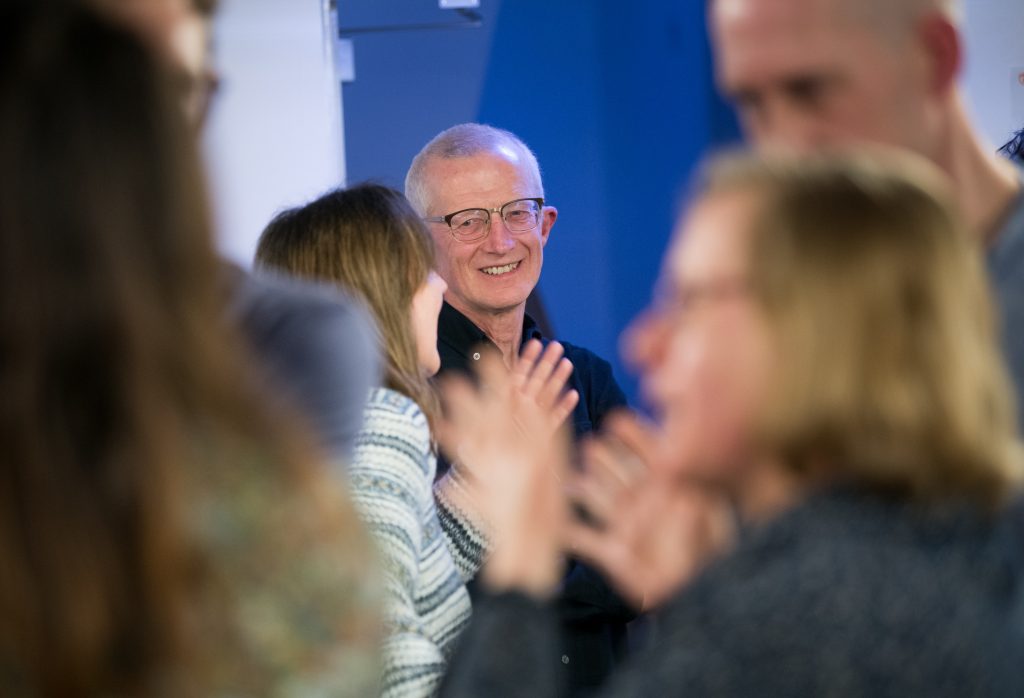About the Author

Dr Susan Claire Scholes is a postdoctoral research associate with the Supergen Energy Networks Hub at Newcastle University
The new extraordinary?
On 10th May 2020, the GB electricity network encountered an extraordinary occurrence which, with the increase of electricity generation by renewable sources, is unlikely to remain extraordinary in future times.
During the early hours of the morning on Sunday 10th May, there was forecasted high wind along with other inflexible generation that would lead to an excess of electricity generation at a time of low demand. This could lead to system instability and the associated problems of system imbalance. Shortly before this event, National Grid Electricity System Operator (ESO) had introduced a new control mechanism that was targeted at the changes in power needs and potential excess generation as a result of the COVID-19 pandemic (less capacity required by industry along with greater numbers of people working from home). This was the voluntary termination of distributed generation known as Optional Downward Flexibility Management (ODFM).
Optional Downward Flexiblity Management (ODFM)
ODFM is a new tool to balance the system at times of low demand. When extremely low demand coincides with periods of higher generation due to renewable sources this could lead to significant operational risk. ODFM allows providers to offer termination of their services for a period of time to reduce electricity generation and help balance the system. Along with this, the National Grid has also recently approved a Grid Code modification allowing the ESO to instruct a Distribution Network Operator (DNO) to disconnect embedded generation in emergency events. On May 10th 2020, the forecast suggested the need to use the Grid Code service during a period of high forecasted wind generation and low demand in the early hours of the morning. During the actual event, however, the timing of this wind peak shifted to between the hours of 04:00 – 07:00 and emergency termination of embedded distributed generation was not necessary1. Embedded generation was cut through the new ODFM service. The peak generation was further managed using Market Coupling, with lower importing from and some exporting to our European links via the interconnectors.
The interconnector use can be seen in the figures below. Figure 1 shows the interconnector use during this period of low demand and high generation in GB (04:00 – 07:00 outlined), where import to GB is positive and export from GB is negative. The second figure (Figure 2) is the interconnector use a week earlier during normal demand and generation. These clearly show that the Market Coupling service was taken advantage of on 10th May.

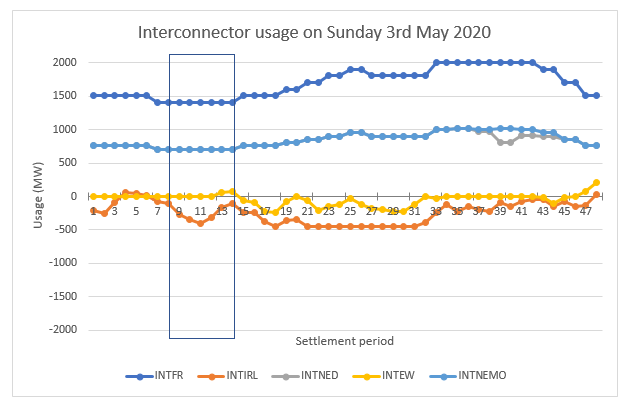
Services from interconnectors
Selling power to the continent to create exports on the interconnectors, to help balance our system, is an action that National Grid ESO prioritises above the new ODFM, providing the associated costs (price differentials) are financially beneficial to GB; and is an example of the many services interconnectors could provide to the electricity system.
Further services that could be on offer from the interconnectors include Short Term Operating Reserve (STOR), black start or frequency response. Of course, the availability of these services will depend on the price differential to allow it to be financially beneficial to use the interconnectors in this way. Currently GB has 5 GW of interconnector capacity (2 GW to France (IFA), 1 GW to the Netherlands (BritNed), 500 MW to Northern Ireland (Moyle) (although only half of this is available due to subsea cabling defects), 500 MW to the Republic of Ireland (East West) and the most recent addition 1 GW to Belgium (NEMO)). Further interconnectors are planned; at the time of writing an additional 6.7 GW of power is scheduled to become available through new interconnector links by 2022. This will more than double the power that is available to Great Britain through the interconnectors. This increase in power availability through the numerous additional interconnectors is likely to have an effect on the price differences between countries. The predicted decreased price differential will reduce the earnings from the sale of power through the interconnectors so the purchase from/to Europe will be less financially beneficial, potentially leading to other opportunities for the use of interconnectors for ancillary services.
Multi-Vector Solutions
There are other potential solutions for an imbalance of demand and generation in the future. These are multi-vector solutions that involve the whole energy system. Excess electricity generation could be used to create hydrogen to then either be stored for future use; or this hydrogen could be blended into the gas network. In addition to this, the consumer could play a more active role in system demand by participating in active demand response (ADR). In ADR the consumer may adjust their demand in response to the requirements of the ESO; importantly, the consumer would need to have the flexibility to increase demand or reduce demand (e.g. charging of electric vehicles at appropriate times, smart appliances such as washing machines and dishwashers).
Limitations of interconnectors?
There may, however, be limitations on the use of interconnectors for these balancing services. The time difference between GB and the interconnected countries is one hour, and therefore times of low demand in GB are likely to also be times of low demand in these countries. Furthermore, power exchanges over the interconnectors are driven by price differences, whether it is cheaper to import power or more beneficial to export power. During times of low demand and high generation, we would need to ensure we are exporting power, which would mean ensuring our prices encourage this, but we would still be reliant on the need of other countries to import this power. In addition to this, the capacity on the interconnectors may be capped due to operability constraints, thus limiting the power availability for these services.
Lessons Learnt
Extreme events of today may be an insight into our future challenges, for the net-zero greenhouse gas emissions target of 2050. The changes in energy needs highlighted by the COVID-19 pandemic have allowed us to anticipate future energy dilemmas that may occur due to the likely excess electricity generation from renewables. This has given us an advanced insight into the potential solutions for these problems.
On 10th May 2020, intelligent use of the interconnectors allowed us to prioritise electricity generation from renewable sources within GB. This demonstrates the benefits of interconnectors to:
- balance our system
- meet demand at a good price (importing from other countries) and
- export excess generation (to other countries at a low price) during times of low demand and high generation from renewable sources.
Thus, both ends of the interconnected countries benefit from this intelligent use of interconnector services.
References:
Acknowledgements:
I would like to acknowledge the assistance of Dr Sara Walker and Dr David Greenwood, both from Newcastle University, in the preparation of this article.
